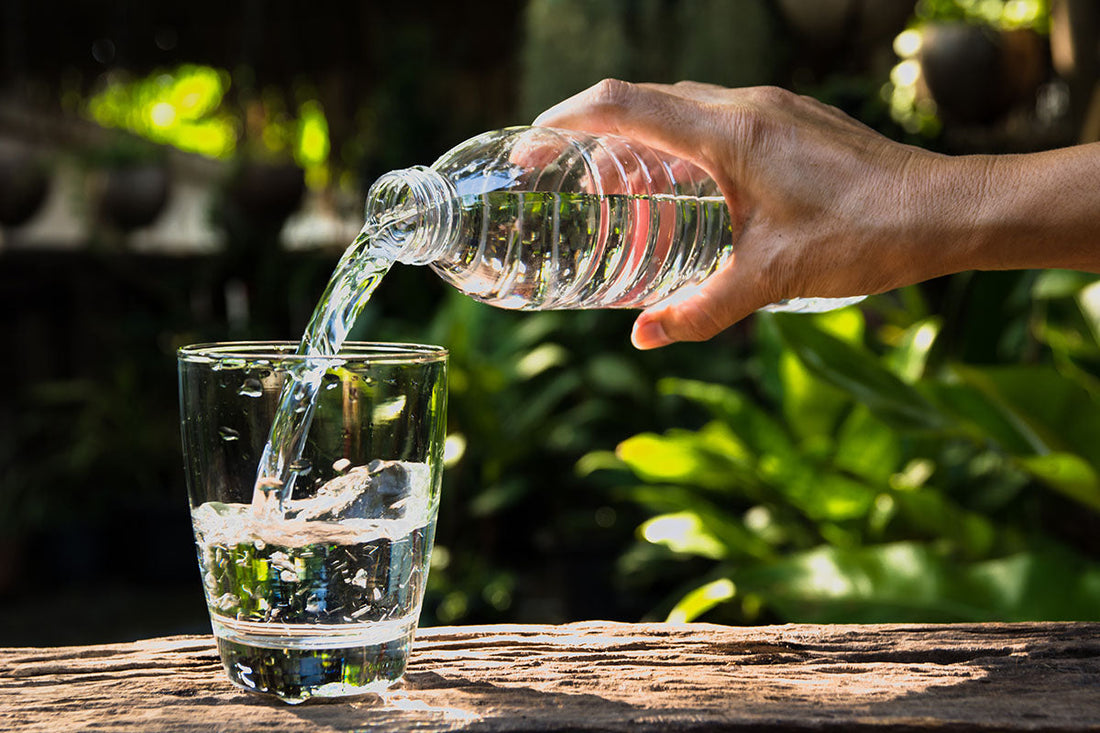Picture this: you’re parched after a long day, and you reach for that trusty plastic bottle of water. It’s crisp, it’s convenient, and it promises purity in every gulp. But what if that refreshing sip is secretly delivering a cocktail of tiny plastic invaders into your body? Recent research has pulled back the curtain on a startling reality—bottled water, long marketed as a pristine alternative to tap, is teeming with microplastics and nanoplastics. Far from being a harmless hydration choice, these findings expose a Pandora’s box of bottled water risks that could quietly undermine your health. Let’s dive into the science, the numbers, and the unsettling implications of what’s lurking in those plastic bottles.
The allure of bottled water is undeniable. In the United States alone, consumers guzzle an estimated 50 billion bottles annually, fueling an industry projected to hit $334 billion by 2023. It’s a symbol of convenience and safety, often marketed with images of sparkling springs and untouched nature. Yet, the irony is stark: studies reveal that much of this “premium” water is simply filtered municipal tap water, repackaged and sold at a markup—sometimes 1,000 times more expensive than what flows from your faucet. But the real kicker? It’s not just water you’re drinking. You’re also swallowing hundreds of thousands of plastic particles, some so small they can slip into your bloodstream and tissues.
A Plastic Plague in Every Liter
In January 2024, a groundbreaking study from Columbia University, published in the Proceedings of the National Academy of Sciences, turned the bottled water narrative on its head. Using an advanced imaging technique called stimulated Raman scattering microscopy, researchers analyzed three popular U.S. bottled water brands—names withheld, but widely consumed—and found an average of 240,000 plastic particles per liter. That’s not a typo: 240,000 fragments in a single liter, with 90% being nanoplastics (less than 1 micrometer) and the rest microplastics (up to 5 millimeters). This is 10 to 100 times higher than previous estimates, which focused only on larger, more detectable particles. For context, a human hair is about 70 micrometers wide—nanoplastics are a thousand times smaller, invisible to the naked eye but potent enough to infiltrate your cells.
Where do these particles come from? The bottle itself is a prime suspect. Most bottled water is housed in polyethylene terephthalate (PET), a plastic that sheds fragments when squeezed, heated, or repeatedly opened and closed. The study also detected polyamide, likely from filtration systems, hinting that the bottling process adds its own plastic footprint. Earlier research from 2018 by Orb Media found microplastics in 93% of 259 bottles across 11 global brands, with concentrations reaching 10,000 particles per liter in some cases, like Nestlé Pure Life. The 2024 findings amplify this alarm, revealing that nanoplastics—previously uncounted—vastly outnumber their larger cousins, escalating the bottled water disadvantages to a new level.
The Stealthy Invasion of Your Body
Why should you care about these microscopic stowaways? Because they don’t just pass through you like a fleeting guest. Nanoplastics, due to their minuscule size, can cross biological barriers that larger microplastics can’t. They slip through the intestines and lungs into the bloodstream, potentially lodging in organs like the heart, liver, or brain. Research has detected plastic particles in human blood, lungs, placentas, and even fetuses, raising red flags about their long-term impact. A 2025 study from Danube Private University linked microplastics in bottled water to elevated blood pressure and heightened heart disease risk, suggesting these invaders might silently wreak havoc on your cardiovascular system.
The bottled water cons deepen when you consider the chemical baggage these plastics carry. PET bottles can leach endocrine-disrupting chemicals like phthalates and bisphenol A (BPA), even in BPA-free versions. These compounds mimic hormones, potentially disrupting thyroid function, reproduction, and metabolism. Animal studies hint at broader dangers—cancer risk, oxidative stress, and immune system interference—but human data remains scarce. What’s clear is that nanoplastics act like Trojan horses, ferrying pollutants, toxins, or even microbes into your cells. Once inside, they might trigger inflammation, cell damage, or worse, though the full scope of these effects is still a scientific puzzle waiting to be solved.
Tap Water: A Surprising Ally
Here’s where the plot twists: tap water, often demonized as inferior, might actually be the safer bet. Studies consistently show lower microplastic levels in tap water compared to bottled—sometimes 50% less, according to Orb Media’s 2018 findings. Drinking water treatment plants remove a significant chunk of microplastics, with some estimates suggesting up to 90% efficiency. While tap water isn’t immune to contamination—plastic pipes and environmental pollution contribute traces—it lacks the concentrated shedding from plastic bottles. Plus, it’s regulated more stringently in many places. In the U.S., the EPA mandates frequent testing and transparency for municipal water, while the FDA’s oversight of bottled water is laxer, especially for in-state brands.
The cost comparison is equally eye-opening. Tap water costs pennies per gallon, while bottled water can set you back dollars for the same volume. Add the environmental toll—only 8.4% of U.S. plastic was recycled in 2017, per the EPA—and the bottled water risks extend beyond health to planetary harm. Those 50 billion bottles? Most end up in landfills or oceans, breaking down into the very microplastics that circle back to your drink.

Navigating the Plastic Maze
So, what’s a thirsty soul to do? Ditching bottled water entirely might not be practical for everyone, but cutting back is a start. Switching to reusable stainless steel or glass bottles filled with filtered tap water slashes your plastic exposure and wallet strain. Filters can’t catch nanoplastics easily—most target particles 5 micrometers and up—but they still reduce microplastics and other contaminants. For bottled water die-hards, store bottles in cool, dry places to minimize plastic leaching, and drink them before the expiration date, when degradation accelerates.
The bigger fix lies beyond individual choice. Scientists call for standardized methods to measure microplastics and nanoplastics, a gap that fuels uncertainty about their risks. The World Health Organization’s 2019 report flagged this lack of consensus, urging more research and a crackdown on plastic pollution. Policy could shift the tide—imagine banning single-use bottles in schools or taxing plastic packaging to fund cleaner water systems. Until then, the onus falls on us to weigh the bottled water disadvantages against convenience.
The Unseen Cost of Convenience
As of April 3, 2025, the bottled water saga is a cautionary tale of modern life. That sleek plastic bottle isn’t just a vessel—it’s a microcosm of our plastic-choked world, delivering hydration with a side of hazard. The 240,000 particles per liter aren’t just numbers; they’re a wake-up call to rethink what “pure” really means. While the health effects of microplastics remain a murky frontier, the evidence is mounting: bottled water’s risks are real, pervasive, and largely invisible. Next time you twist that cap, ask yourself—is this sip worth the unseen cost? The answer might just steer you toward a glass of tap, a metal canteen, and a healthier, less plastic-laden future.
Discover the refreshing power of BoostedOxygenWater, the premium bottled water that’s redefining hydration for your customers! Unlike ordinary bottled water, BoostedOxygenWater delivers pure, oxygen-infused goodness—perfect for health-conscious buyers seeking a competitive edge. Recent research highlights bottled water risks like microplastics, but our innovative filtration ensures a cleaner, safer sip every time. Join the growing demand for quality with a product that stands out on shelves and boosts your wholesale profits. Don’t miss out on this game-changer—schedule a call today to explore how BoostedOxygenWater can elevate your inventory and captivate your market!
Reference:
1. Al-Khatim, A. (2019). Effect of temperature on antimony leaching from polyethylene terephthalate (pete) into bottled water. Journal of King Abdulaziz University-Meteorology Environment and Arid Land Agriculture Sciences, 28(1), 117-124. https://doi.org/10.4197/met.28-1.10
2. Ali, J., Ahmed, N., Younis, M., Soomro, T., Nisa, Z., Malik, A., … & Asim, N. (2022). Comparative analyses of physiochemical parameters of bottled and tap water in lahore city. PJMHS, 16(12), 344-347. https://doi.org/10.53350/pjmhs20221612344
Daffi, R. and Wamyil, F. (2020). Evaluation of changes in some physico-chemical properties of bottled water exposed to sunlight in bauchi, nigeria.. https://doi.org/10.5194/dwes-2020-19

